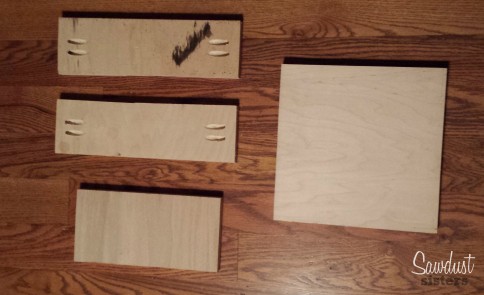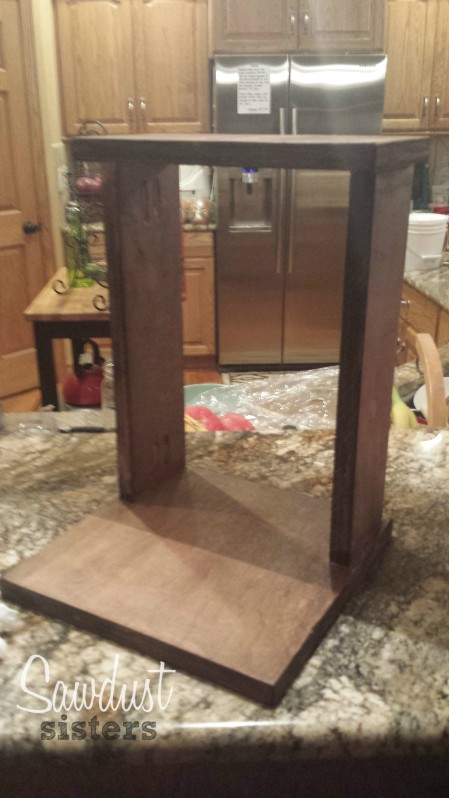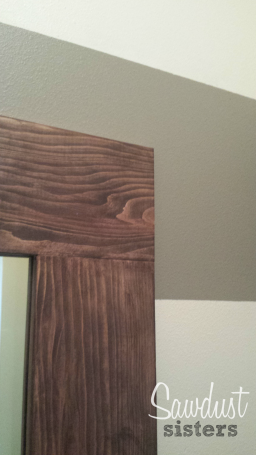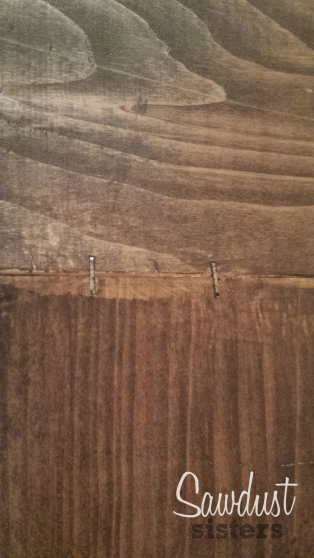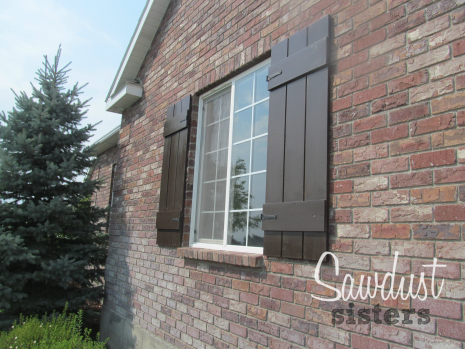Thanks for stopping by! Follow us on Instagram, Pinterest, and Facebook to keep up with our latest projects!
Well…hello friends! It’s has been a long while since I last posted on our blog. I am just grateful to my sister and her desire to share her breast cancer story with all of you while I took a little break. Her story is inspiring. I am grateful for her strength and desire to keep moving forward while going through this difficult and scary time in her life. I am grateful she is still here with us and I love her. =-)
A few weeks ago I posted some pictures of a small chandelier I found at DI. My friend Allysun saw it first; she was thinking it would look good in her living area, but after a few minutes of pondering she decided it did not really fit the style she was going for. That’s when I jumped in and said “Are you sure you don’t want it? If you don’t I will take it!.” “Go for it.” – she said. A few minutes later this young mom saw me holding my great find and told me how lucky I was that I had found such a treasure. She had been looking for one for a long time, but her son had to go to the bathroom, and when she came back this awesome find was hanging from my left hand. Mmmmmm…should I have given it to her? Now that I think about it I feel kind of bad. Oh well…too late now to feel bad. Note to this mom: when you see something you like at DI, grab it!
I was not really sure what to do with it at first or where I would actually hang it. Initially I wanted to replace the shades, but after searching on the internet I realized these kinds of shades are not cheap–at least not the ones that I liked. Here is a before picture of the chanderlier:

I only paid $10.00 for it, and it is heavy wrought iron. After pondering for a bit I decided I wanted to paint it white and distress it. I thought about doing a glaze over it too, but since the base was a dark brown I could just distress it and have some of the brown color show on all the edges.
I took it to my garage and spray painted the whole thing. I even spray painted the sleeves where the bulbs are screwed into. Make sure you give it several coats and that you cover all the little nooks and crannies. Start spraying it in the position shown (remove shades first, of course) and then turn over. I do the bottom last as it is the area that will show the most once it hangs from the ceiling.
One word of advice – do not buy cheap spray paint. I bought a generic brand that was on sale at Ace Hardware and the paint was horrible – no matter how much I shook the can the paint was still coming out clumpy and gross. I still used it, but then I bought some Krylon spray paint in satin and it was sooo heavenly smooth and steady while I sprayed. So…note to self (and to you!): cheapy spray paint gives you cheapy results (not to be confused with ‘chippy’ – we do want that!).
Once the paint was completely dry, I took a piece of sandpaper (medium coarseness) and went to town distressing the whole thing. I focused on the areas that would normally wear off with the years, like all the edges and some crevices here and there. Some people like a lot of distressing and some don’t – and that’s Ok! Just do enough of it until you get the look that you are looking for.
I tried covering the shades with scrapbooking paper, and even though the result was decent, when I put them on I did not like the look. Once I had my husband help me with the wiring and hanging, I decided it looked way better without the shades. It looks classy and dresses up my daughter’s bedroom very nicely.
Here are some pictures of the end result. We have plans to repaint her whole room and do a different color scheme, and the chandelier will still go perfectly with whatever we choose to do.

Enjoy the pictures! Let me know if you have any questions about this quick and easy project!
See you soon!
-Beverly





